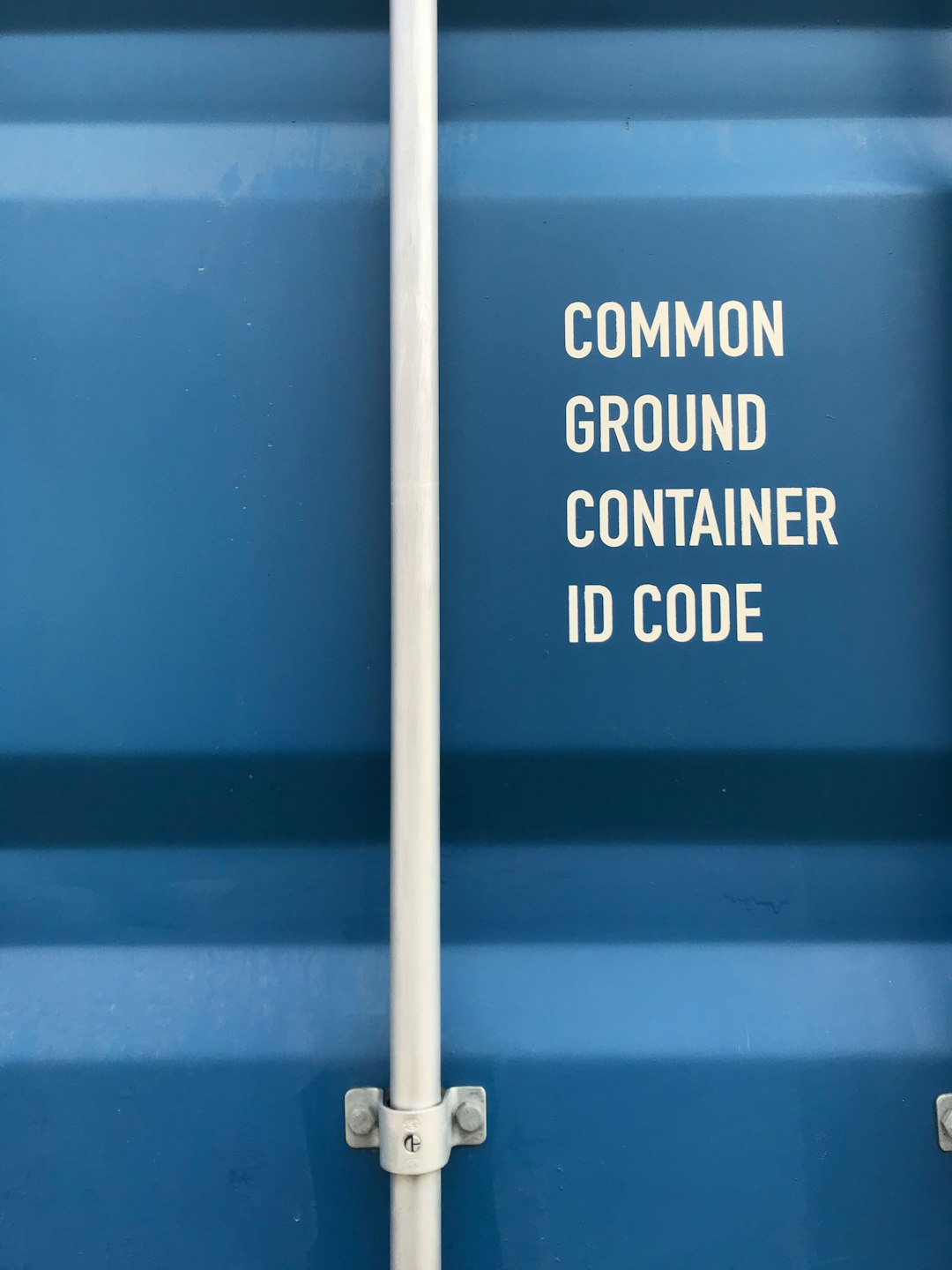In today’s global marketplace, the efficiency and clarity of device return logistics are more important than ever. As companies manage the return of technology products—ranging from smartphones and laptops to industrial devices—they must ensure that each step of the return process is straightforward, secure, and trackable. A cornerstone of that process involves the use of labels, QR codes, and scan sheets, which are instrumental in reducing errors, streamlining package flow, and providing critical data insights for both senders and receivers.
Contents
Why Device Return Logistics Matter
Efficient device return logistics minimize operating costs, accelerate device turnaround time, and improve customer satisfaction. Moreover, as technologies evolve, businesses often upgrade employee hardware or facilitate warranty replacements, making device returns a standard operation rather than an exception.
When executed poorly, returns can result in misplaced devices, data security vulnerabilities, and increased overhead. Thus, having a robust system in place is essential. This is where the intelligent implementation of return logistics tools—such as labels, QR codes, and scan sheets—comes into play.
The Role of Labels in Device Return Operations
Shipping labels are the backbone of any device return process. These labels typically contain:
- Sender and recipient information
- Return Authorization (RA) numbers
- Tracking numbers
- Barcodes for scanning and identification
Labels ensure that returned devices are correctly routed to the appropriate facility, logged into the return management system, and associated with the correct customer or employee account. Clear, tamper-resistant labeling helps prevent fraudulent returns and mix-ups during transit.
Companies are increasingly opting for automated label generation systems that produce return labels on-demand as soon as a return is initiated. These systems integrate with inventory and asset management platforms, allowing dynamic data—including serial numbers and device conditions—to be printed directly on the label.

QR Codes: The Modern Touch Point in Returns
Quick Response (QR) codes have become an increasingly popular tool in the logistics industry, largely because of their ability to store large volumes of information in a compact format. In device return logistics, QR codes play a pivotal role in:
- Linking devices to specific return orders
- Tracking real-time status updates through mobile scans
- Enabling users to access digital return instructions
For example, an employee returning a laptop can scan a QR code affixed to the box, which leads directly to a customizable return portal with step-by-step instructions, delivery status, and support contact options. This reduces user error and makes the process more intuitive.
From an operational standpoint, QR codes facilitate faster check-ins at receiving centers. Scanning devices becomes a touchless operation that enhances both efficiency and accuracy, while detailed logs can assist in audits or service-level agreement (SLA) evaluations.
The Function of Scan Sheets
Scan sheets serve as batch processing documents for bulk returns. Typically generated as printable PDF files, scan sheets include:
- Lists of RA numbers
- Tracking barcodes
- Device serial numbers
- Destination identifiers
When multiple devices are sent back in one shipment, scan sheets make it easy for logistics personnel to verify all included units in a single scan, dramatically reducing manual entry and the potential for discrepancies. Logistics hubs and IT asset disposition (ITAD) centers use scan sheets to speed up processes and improve throughput accuracy.
These sheets can also function as a receipt or transfer chain document, ensuring every step is documented. This level of traceability is especially valuable for organizations handling sensitive electronics or adhering to regulatory compliance, such as HIPAA or GDPR frameworks.

Integration and Automation: A Unified Approach
For large-scale operations, manually handling returns becomes unsustainable. This is why top-performing organizations automate their logistics operations. Enterprise Resource Planning (ERP) systems, combined with Return Merchandise Authorization (RMA) portals, can automate the generation of all documentation including labels, QR codes, and scan sheets.
Furthermore, creating an end-to-end digital loop—starting from the user initiating the return to the device being processed in the warehouse—ensures data consistency and quick turnaround. This minimizes internal IT workload, as well as administrative delays.
Best Practices for Device Return Logistics
Adopting tools is only part of the equation. To fully benefit from advanced return logistics, businesses should implement the following best practices:
- Standardize packaging and labeling across all return scenarios to reduce confusion.
- Pre-fill return documentation to minimize user error and increase submission speed.
- Utilize tamper-evident labels for devices carrying sensitive or proprietary data.
- Offer dynamic QR codes that adjust contents in real-time based on shipment updates.
- Include scan sheets for multi-device returns to streamline warehouse operations.
These practices not only enhance logistics performance but also build user confidence in the return process, making them more likely to comply with hardware return policies promptly and accurately.
Security Considerations in Return Logistics
Labels and QR codes must be developed with security in mind. Hackers could exploit plain-text QR codes or barcode data to intercept or reroute high-value returns. To mitigate these risks:
- Encrypt sensitive data stored in QR codes.
- Use heat-sensitive or holographic label materials to prevent duplication.
- Integrate tracking systems with fleet management tools to illustrate chain-of-custody.
Organizations should conduct periodic audits of their return processes and partner only with reputable logistics providers who follow best-in-class data handling procedures.
The Environmental Impact
Efficient return logistics also contribute to environmental goals. By consolidating returns, using scan sheets to manage bulk shipments, and minimizing unnecessary transit, companies can reduce carbon emissions. QR codes eliminate the need for printed instruction manuals, reducing paper waste.
Moreover, timely and accurately processed returns ensure that devices are recycled, reused, or refurbished promptly, prolonging the useful life of electronic equipment. When integrated into a larger sustainability initiative, return logistics can be as environmentally responsible as they are operationally efficient.
Conclusion
The complexity of device return logistics requires more than just a shipping box and a label. Businesses that leverage the full potential of labels, QR codes, and scan sheets are better equipped to handle high volumes of hardware returns with precision, speed, and reliability.
These technologies not only promote operational efficiency but also strengthen data security and support sustainability goals. As the digital workplace model expands, having a robust and secure return logistics framework is no longer optional—it’s essential.
Ultimately, the success of any return program lies in its ability to be simple for the end-user and seamless for the operations team. Labels, QR codes, and scan sheets are the unsung heroes powering that seamless experience.




